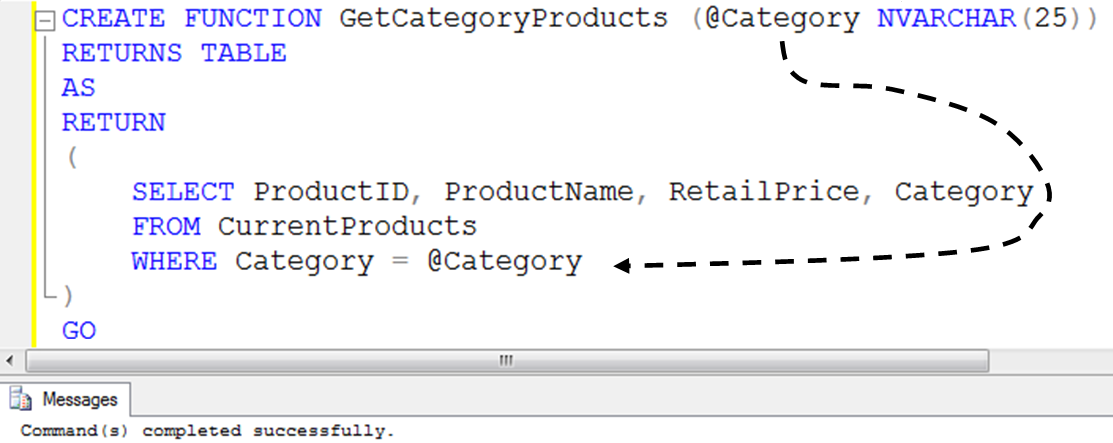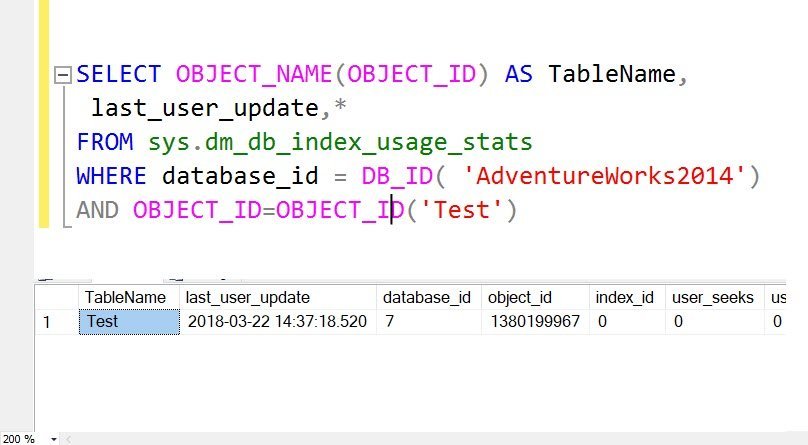An email from an old college friend landed my mailbox about UPDATE FROM SELECT Statement with Condition:
“Hey Pinal,”
I have two tables. I want to conditionally update data in one table based on another table. How can I do that. I have included sample scripts and an image for further explanation.
SQL SERVER – How to Access the Previous Row and Next Row value in SELECT statement? – Part 4
This is the fourth post in the series of finding previous row and next row value in SELECT Statement. Read all the blog post before continuing reading this blog post for complete idea.
In the very first part I discussed that performance with the help of CTE is very poor and I encouraged users to use LEAD and LAG function of SQL Server 2012. My friend and SQL Server Expert Szymon Wojcik have written a fantastic post about this subject. I encourage everyone to read that blog post. He has demonstrated that with the help of numbers table, we can further improve the performance of the query.
SQL SERVER – CTAS – Create Table As SELECT – What is CTAS?
I have been working with the database for many years and I am aware of many common terminologies. Recently I was attending training myself and the instructor used the word ‘CTAS’ in the class. One of the attendees did not know the definition of this abbreviation. From this, I realized that not all of us come from the same background and we all have different levels and areas of expertise.
SQL SERVER – Insert Values of Stored Procedure in Table – Use Table Valued Function
I recently got many emails requesting to write a simple article. I also got a request to explain different ways to insert the values from a stored procedure into a table. Let us quickly look at the conventional way of doing the same with Table Valued Function.
SQL SERVER – Find Last Date Time Updated for Any Table
I just received an email from one of my regular readers who is curious to know if there is any way to find out when a table is recently updated (or last date time updated). I was ready with my answer! I promptly suggested him that if a table contains UpdatedDate or ModifiedDate date column with default together with value GETDATE(), he should make use of it. On close observation, the table is not required to keep history when any row is inserted. However, the sole prerequisite is to be aware of when any table has been updated. That’s it!





